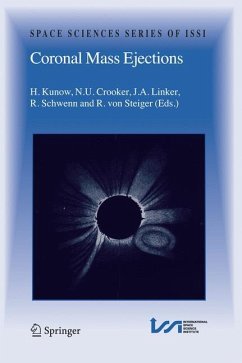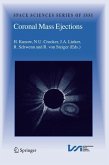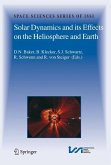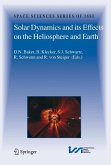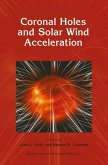It is well known, that the Sun as central star of our solar system gravitationally controls the orbits of planets and minor bodies. Much less known is the domain of plasma fields and charged particles, however, in which the Sun with a radius of less than 0.7 Million km governs the heliosphere out to about 15 Billion km, a distance about 20 000 times larger in radius or nearly 1013 times bigger in volume. What forces activates the Sun to maintain this power? Coronal Mass Ejections (CMEs) and their descendants are the troops serving the Sun during high solar activity periods.
This volume offers a comprehensive and integrated overview of our present knowledge and understanding of Coronal Mass Ejections (CMEs) and their descendants, Interplanetary CMEs (ICMEs). It results from a series of workshops held between 2000 and 2004. An international team of about sixty experimenters involved e.g. in the SOHO, ULYSSES, VOYAGER, PIONEER, HELIOS, WIND, IMP, and ACE missions, groundobservers, and theoreticians worked jointly on interpreting the observations and developing new models for CME initiations, development, and interplanetary propagation.
The book is intended to provide scientists active in space physics research a with an up-to-date status of the current understanding of CMEs and ICMEs and their effects in the heliosphere, and also to serve the advanced graduate student with introductory material on this active field of research.
This volume offers a comprehensive and integrated overview of our present knowledge and understanding of Coronal Mass Ejections (CMEs) and their descendants, Interplanetary CMEs (ICMEs). It results from a series of workshops held between 2000 and 2004. An international team of about sixty experimenters involved e.g. in the SOHO, ULYSSES, VOYAGER, PIONEER, HELIOS, WIND, IMP, and ACE missions, groundobservers, and theoreticians worked jointly on interpreting the observations and developing new models for CME initiations, development, and interplanetary propagation.
The book is intended to provide scientists active in space physics research a with an up-to-date status of the current understanding of CMEs and ICMEs and their effects in the heliosphere, and also to serve the advanced graduate student with introductory material on this active field of research.

